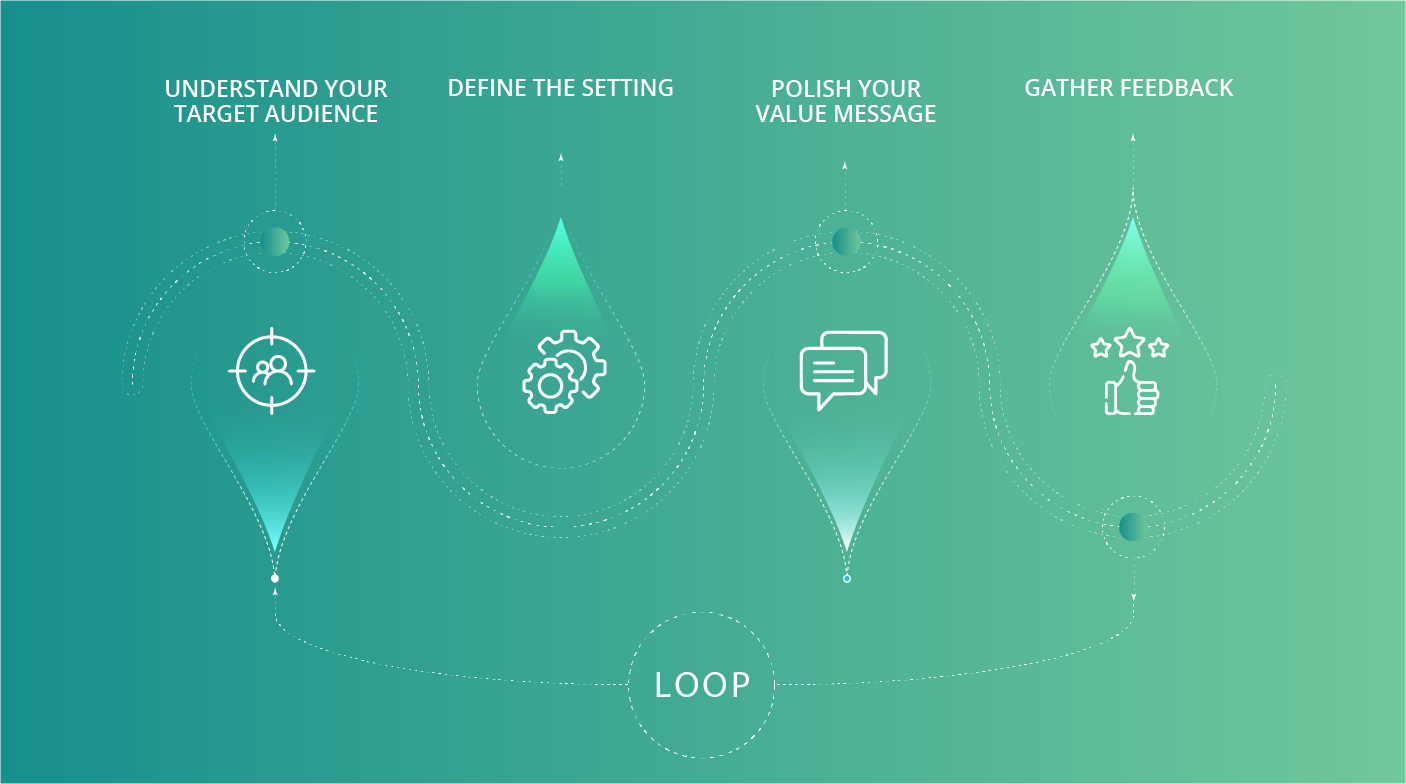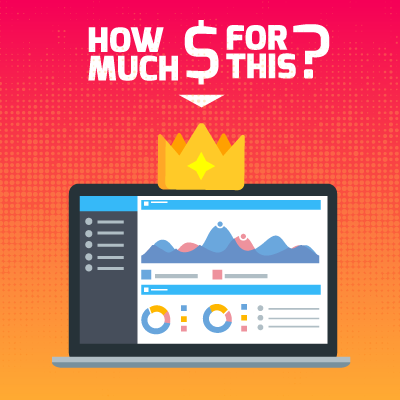We have worked with Health Economic models for over 10 years. This is the most requested product among our services. Market access teams often want to make digital models simple and engaging yet as informative as Excel spreadsheets. Maintaining that balance and convincing any stakeholder (be it an HTA Body, reimbursement company, or HCP) truly is an art form. Here at Modelate, we’ve developed our own methodology to help pharmaceuticals emphasize essentials and omit redundancies.
The fundamental thing is a Stakeholder analysis.
Stakeholder analysis is a common step in IT development. From experience, we believe that it works as well for market access & reimbursement teams. Even better still after we have adapted it for the demands of our industry.
1. UNDERSTAND YOUR TARGET AUDIENCE
Questions to answer:
- Define target audience: HTA body, reimbursement company, HCP, etc.
- Determine their needs and preferences
- Understand their goals
We can answer these questions using the knowledge of TA that we already have. Or, we may use techniques from the design thinking such as user persona cards or in-depth interviews.
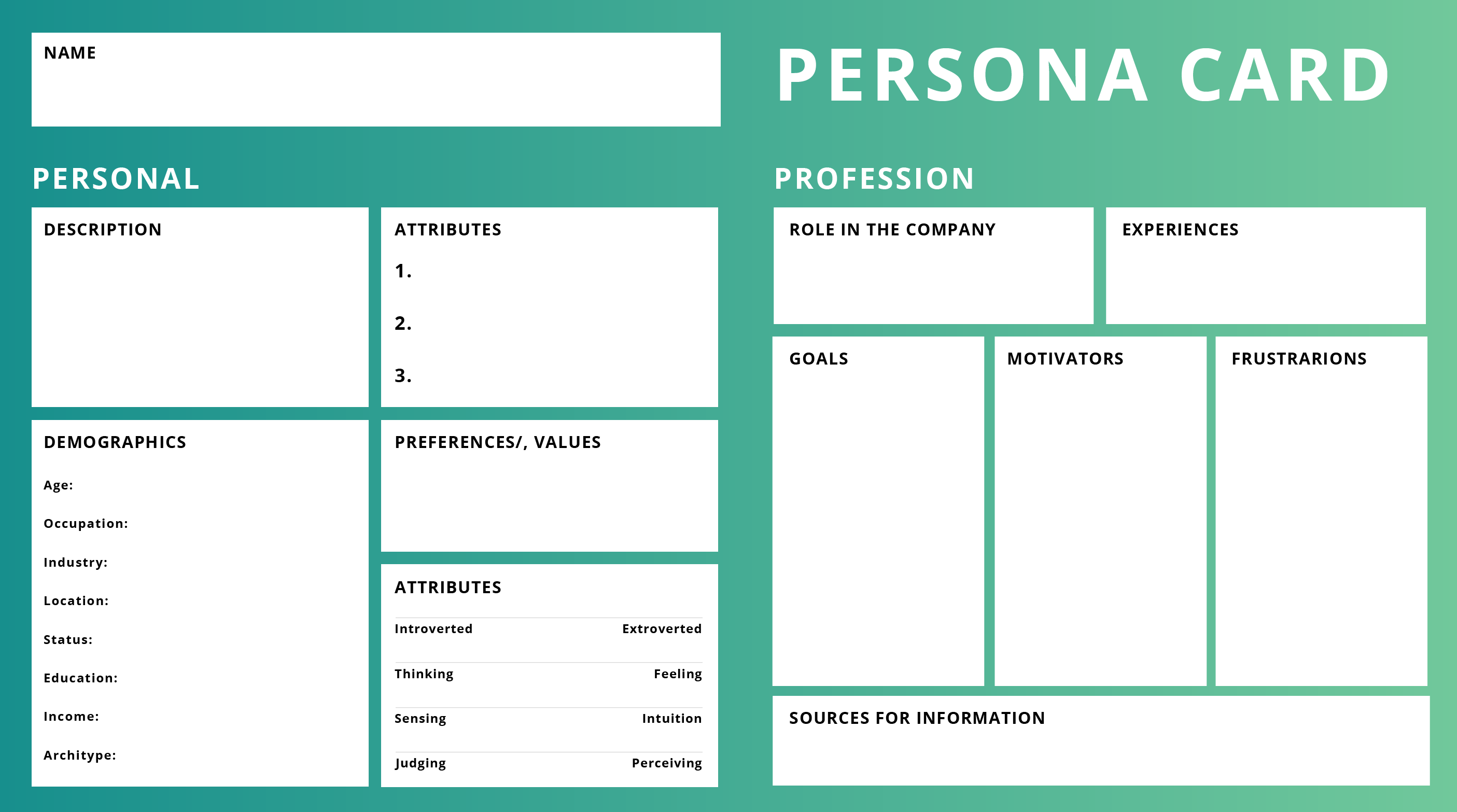
2. DEFINE THE SETTING
Think how (medium) and where (location) you’re going to show the model. Will you send it via email or show it on the iPad in a one-on-one meeting? A conference is also an opportunity: find a prospect at a conference and show them your model on your phone.
If you understand the setting, you know exactly what to build, what technology to use, and the amount of data that is appropriate to the setting.
The answer to this question allows you to define what exactly to build, what technology, and what amount of data can be shown.
Defining the setting doesn’t require using a specific technique. You just need to be in touch with your general market access strategy.
3. POLISH YOUR VALUE MESSAGE
After finishing stages 1 and 2, focus on the most important message that you want to convey. To make sure that you don’t miss out on anything of value, use the business canvas technique. Canvas helps you keep all necessary data in one place, guaranteeing that the message will be in line with your company’s goals.
Make it clear. Cut the extra words. Include data and evidence as pop-ups or in appendixes. That way, you will not overwhelm your audience with data dumps but will still have it at hand if asked for.
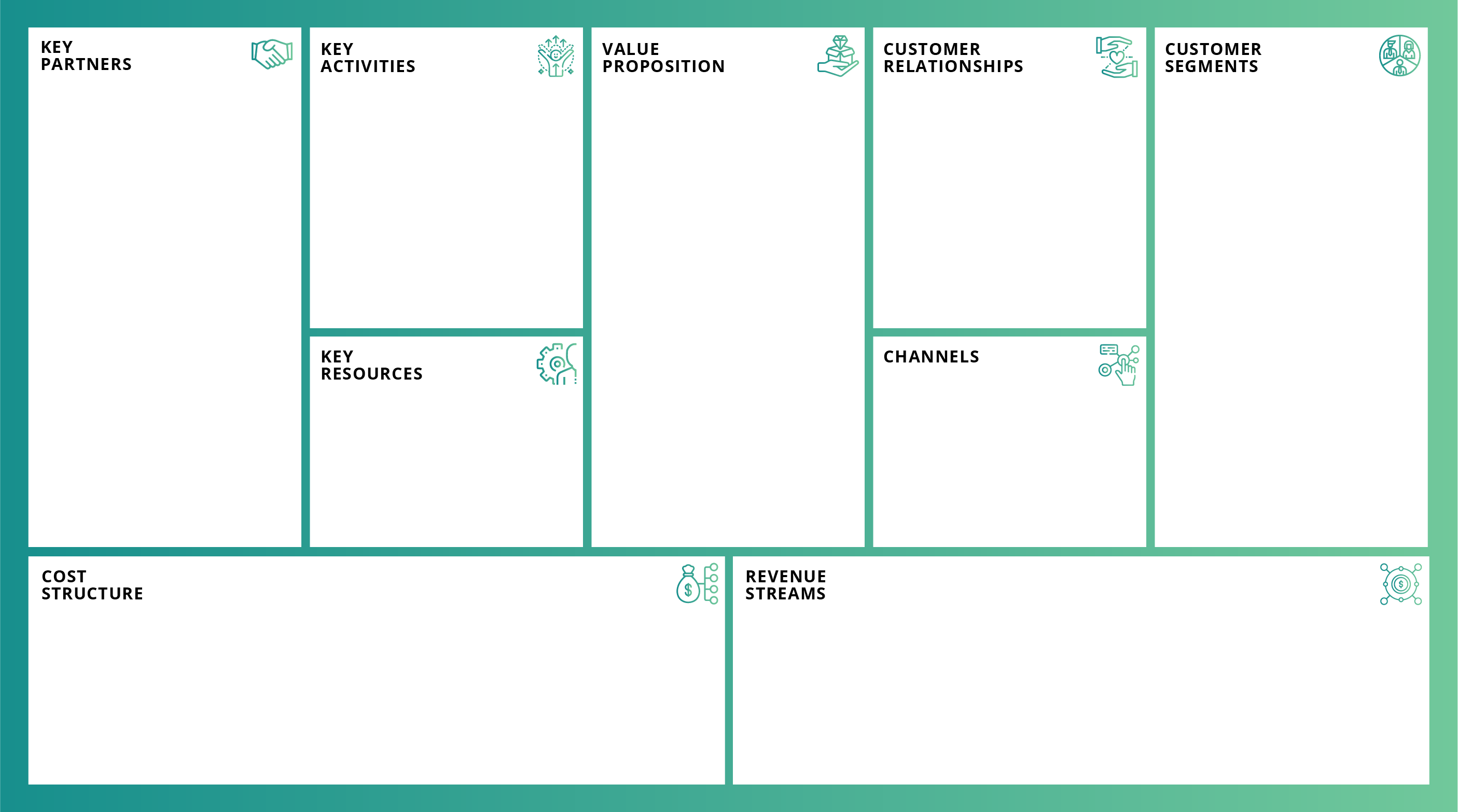
4. GATHER FEEDBACK
Ask your experienced colleagues or stakeholders about things that you can improve in your model. What to ask? Once again, we should turn to the design thinking process. This time, to the feedback grid.
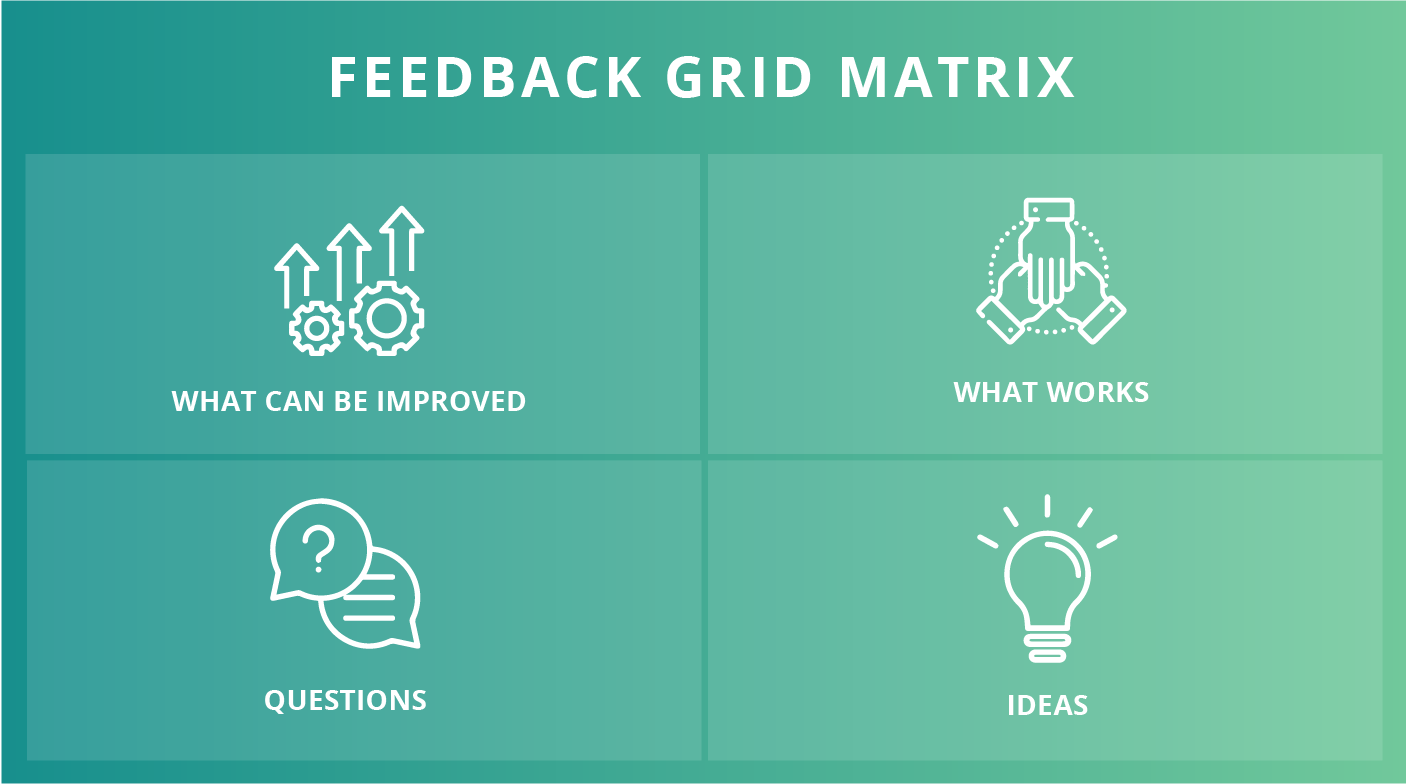
5. ITERATION
The final stage is iteration, refinement of the model following feedback. Having received critique, we can understand what went wrong and where in our original model. Perhaps it was how we gathered data or our failure to identify TA. To achieve the best results, we go through 4 stages again, and again, until we develop a model that satisfies us.
Only after this, do we feel comfortable getting started with development.
Our client requested an app to increase prescription rates for their medication. By analyzing stakeholders at the client’s workshop we came up with an idea for an interactive map with predictive and analyzing tools. The client’s sales reps used these maps to identify disease hotspots and cross-referenced them with insurance coverage in each region. The data helped them determine whether to contact local HCPs or focus on another region, saving client’s time and helping them maximize ROI by targeting the most profitable HCPs first.
SUMMARY
On paper, the outlined techniques are simple. Yet, as you dig deeper, you begin to understand the complexity behind these simple steps. It is only through practice that you begin to understand the nuance and learn how to adjust these techniques to your needs. It is hard work, but from our experience, the results more than pay for themselves. We would be happy if you trusted us to digitize your model and, like us, see the beauty of the results.
